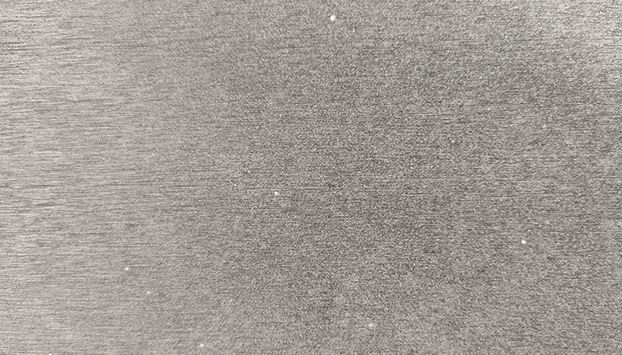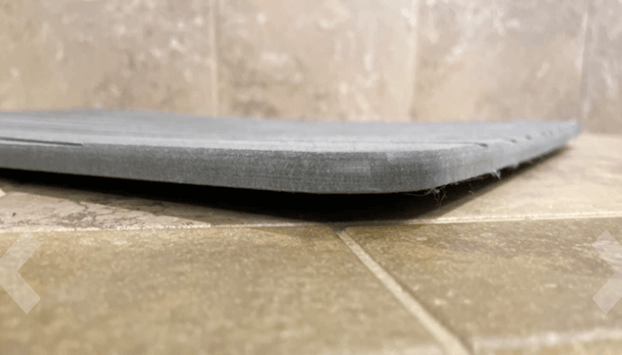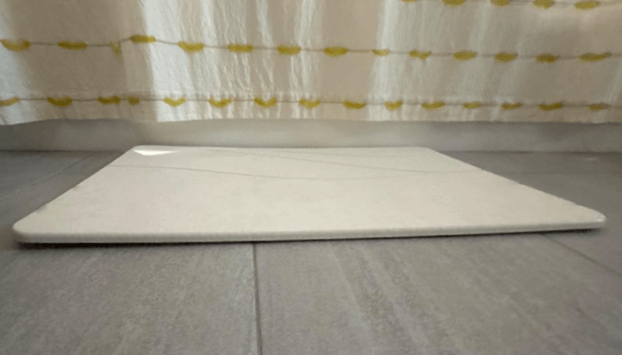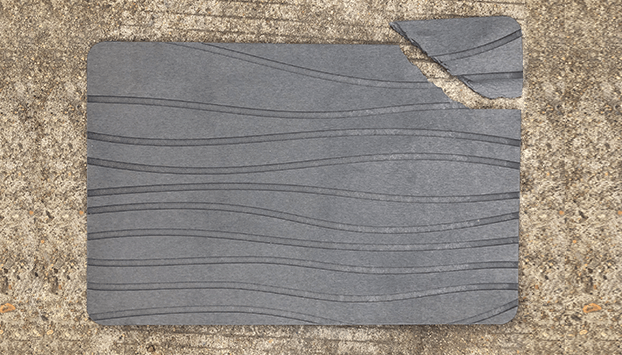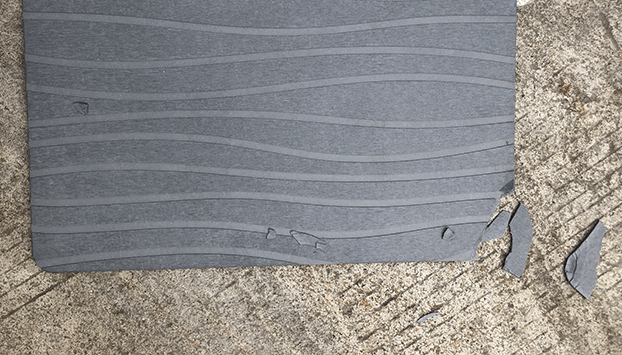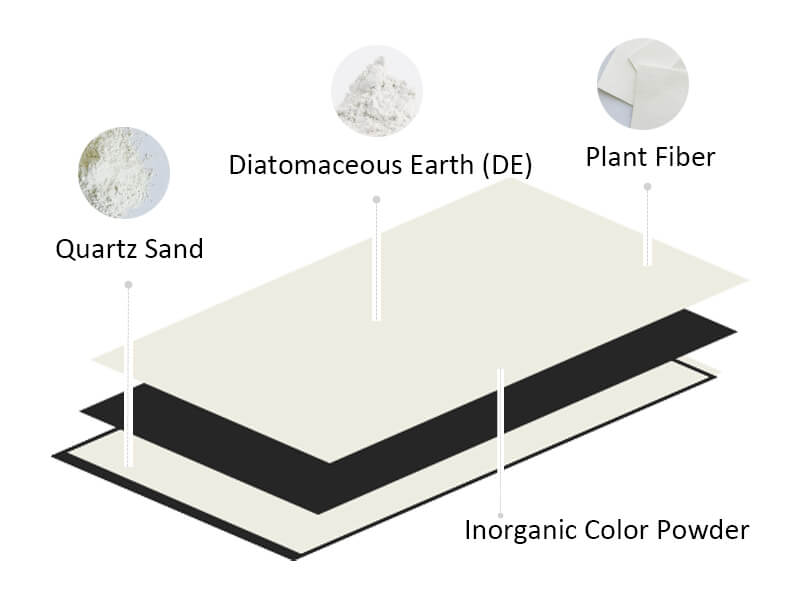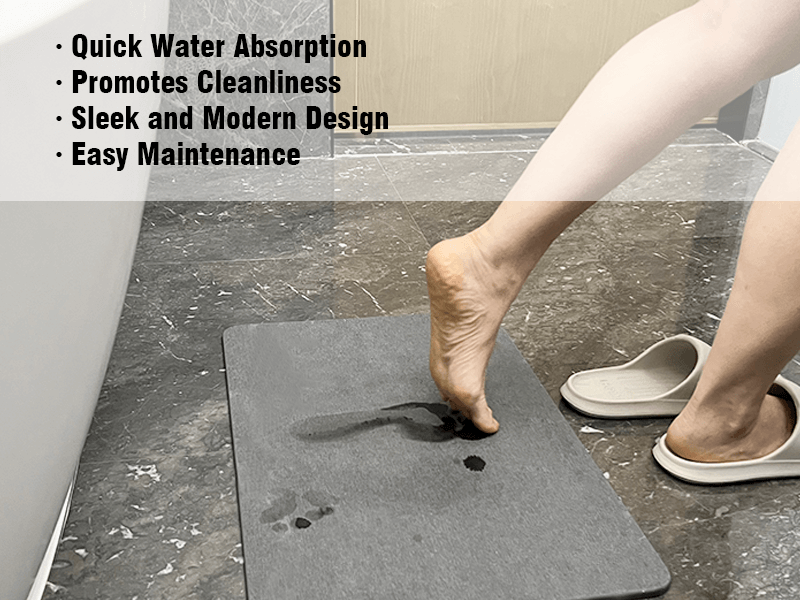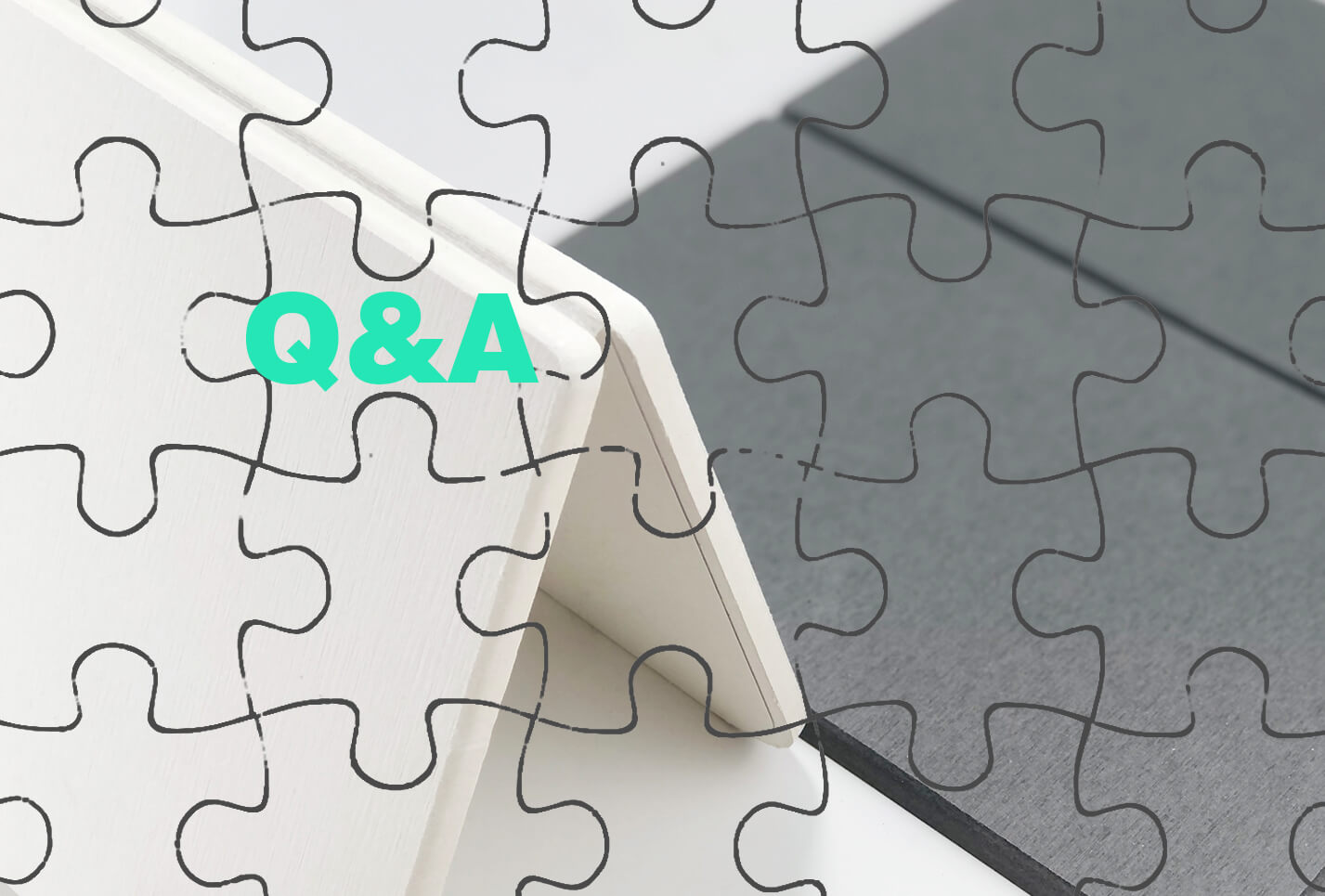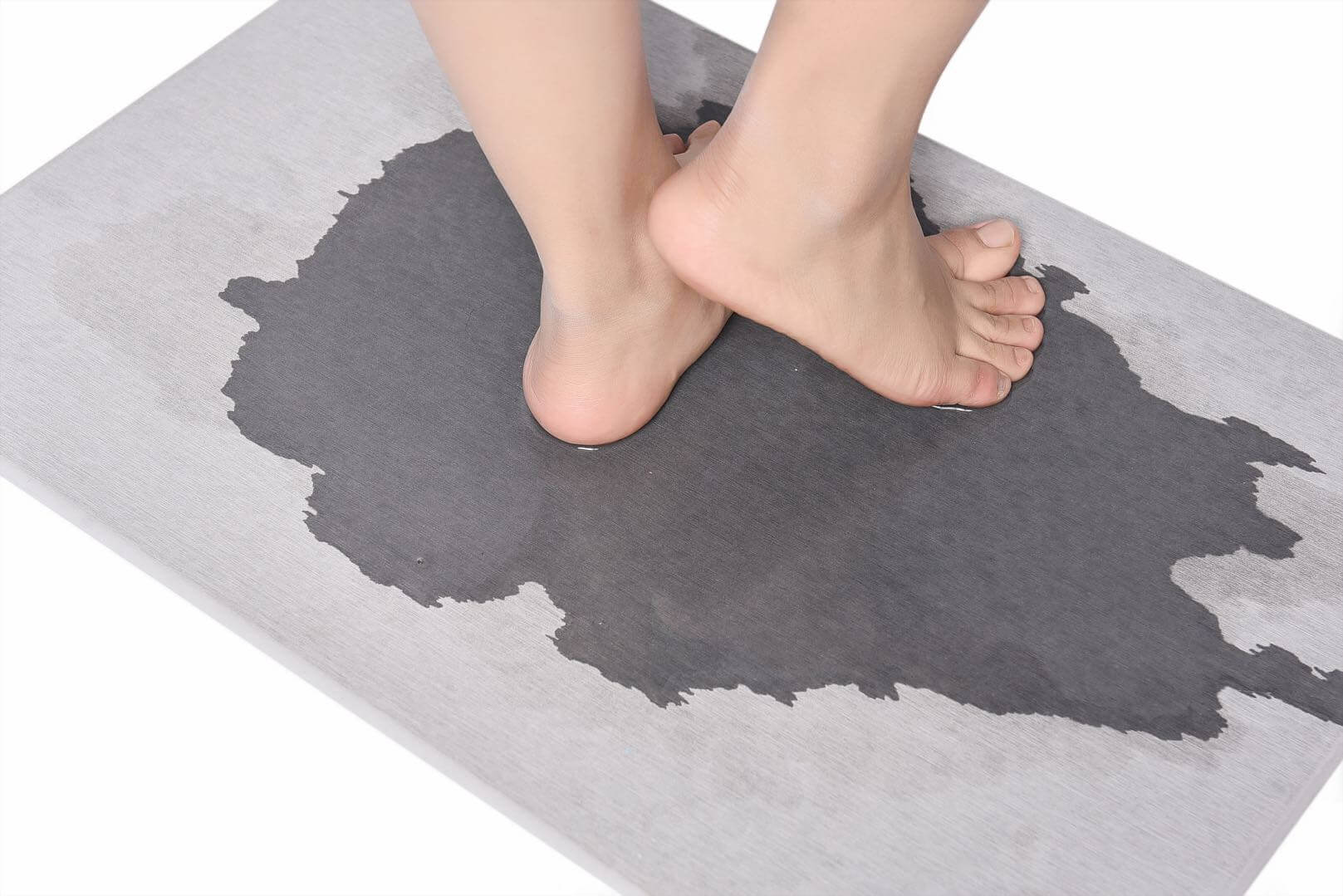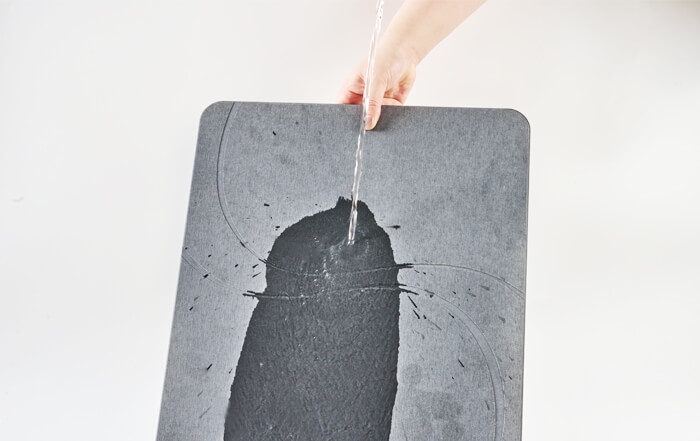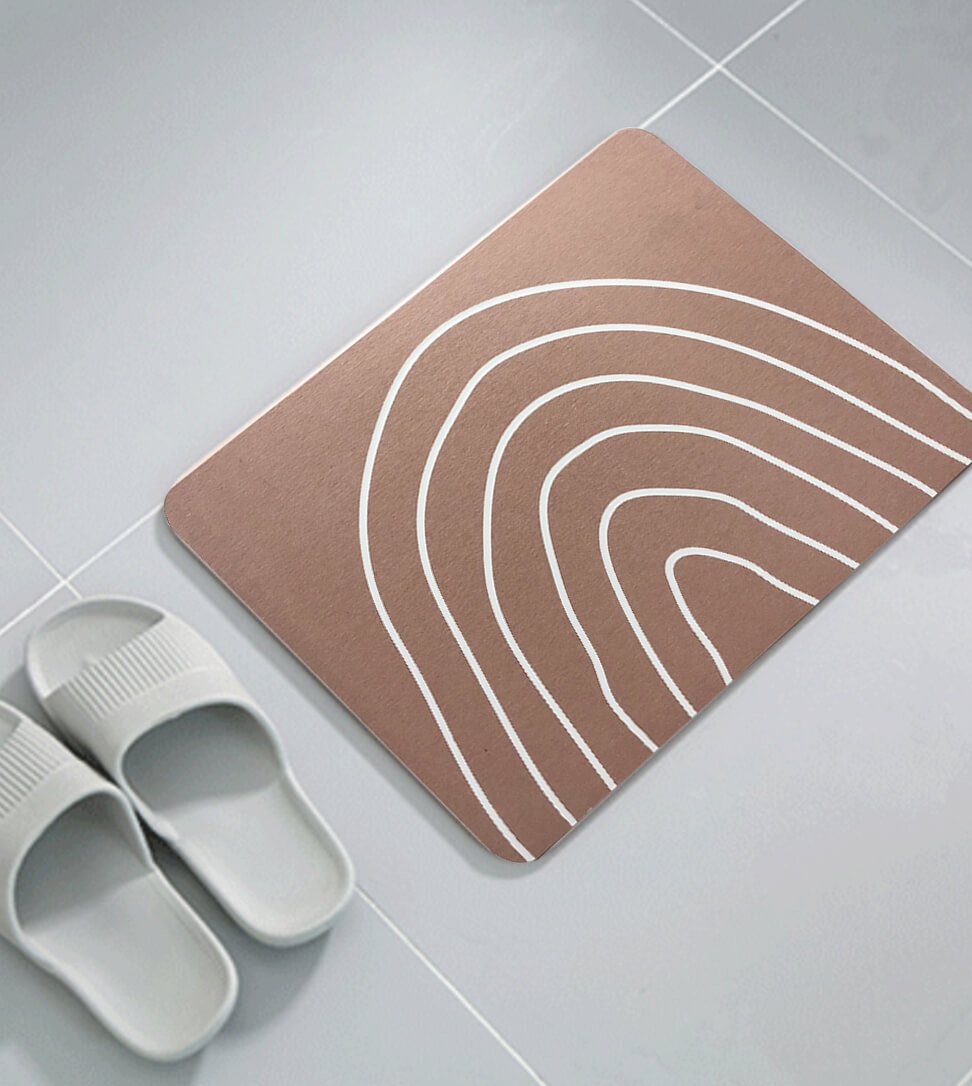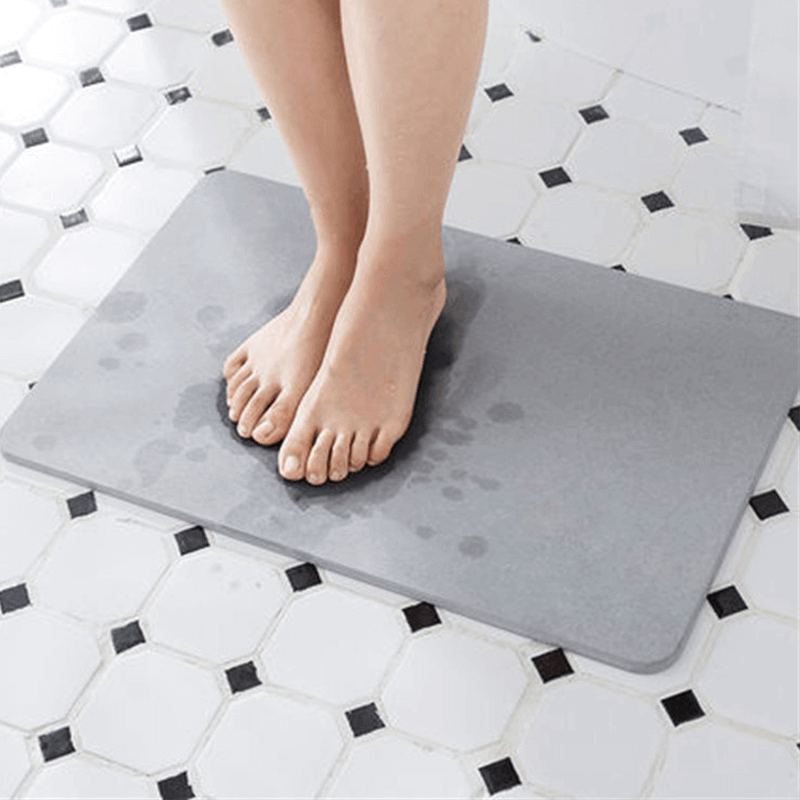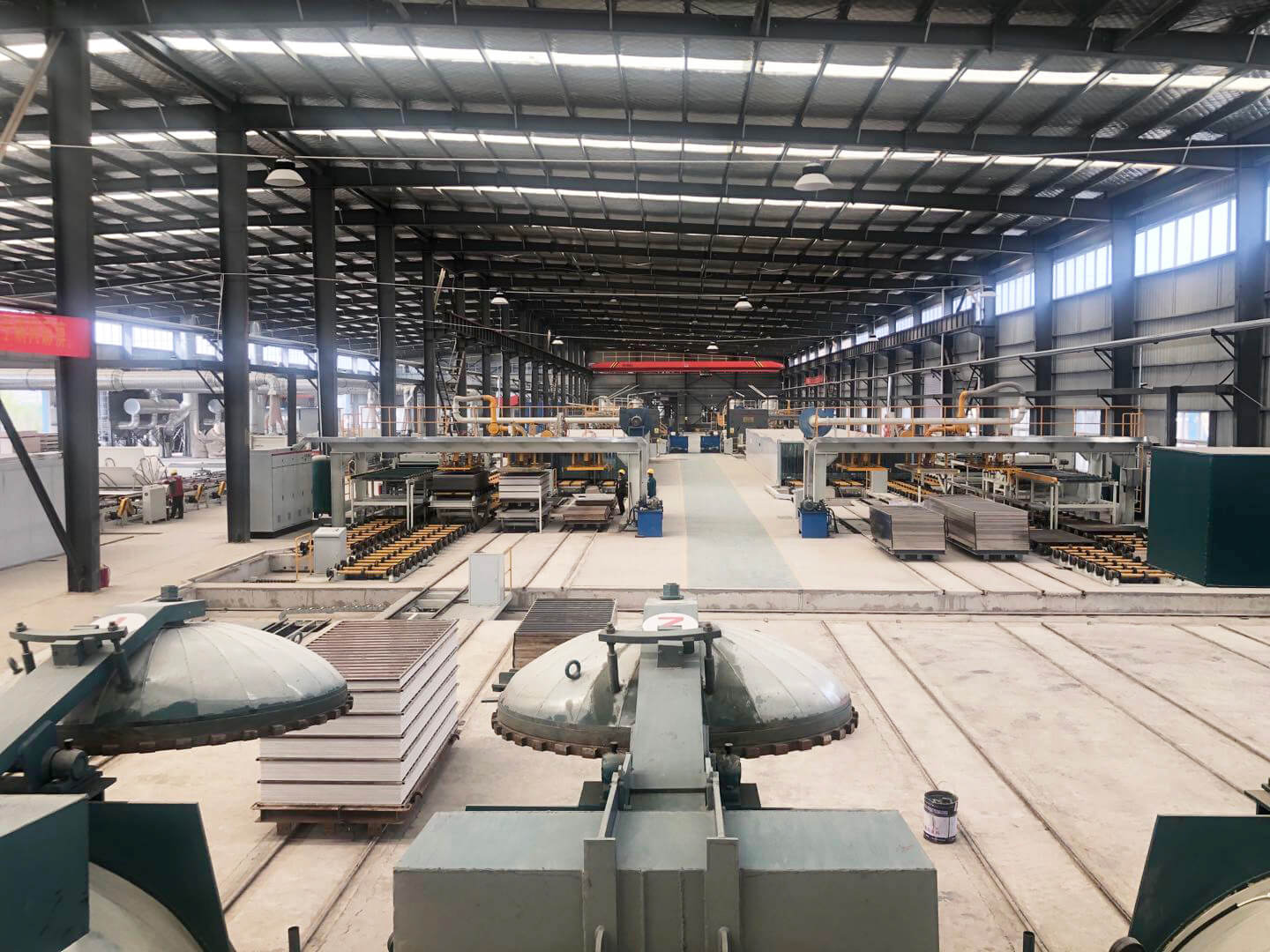Stone bath mats, primarily made from diatomaceous earth (DE), are highly popular for their unique advantages, such as quick drying and antibacterial properties. These mats are known for their ability to keep your bathroom dry and clean by absorbing moisture efficiently.
However, like any product, they can have their challenges. For example, many consumers face common issues like color spots and poor water absorption. Understanding the causes and solutions to these problems can help you make a smarter buying decision, extend the lifespan of your mat, and ensure it remains in optimal condition.
This article will address the most common issues consumers face when using stone bath mats and provide practical solutions to resolve them.
1. Why Are There Color Spots (Black and White Spots) on Stone Bath Mats?
A common issue with stone bath mats, especially those made from diatomaceous earth, is the appearance of black or white spots. These color spots can often cause concern among users, but understanding their cause can help alleviate worry.
Color spots on stone bath mats are typically caused by incomplete chemical reactions during the manufacturing process. Diatomaceous earth and quartz sand, the main materials in these mats, are inorganic. Despite using high-pressure, high-temperature conditions for up to 20 hours, some reactions may remain incomplete, resulting in spots.
The production of stone bath mats involves intricate chemical processes that may not always be fully realized, even under ideal conditions. The location and appearance of these spots are unpredictable, meaning it’s impossible to eliminate them entirely with current manufacturing technology. While this issue is hard to avoid, it’s not a defect, but rather a characteristic of the natural materials used.
At GAIAECO, we implement rigorous quality control processes during manufacturing, yet these color spots may still appear due to the inherent nature of the raw materials. However, these marks do not affect the functionality or durability of the mat.
2. Why Do Some Stone Bath Mats Have Poor Water Absorption?
One of the most important features of a stone bath mat is its ability to absorb water efficiently. However, some mats may struggle with poor water absorption, which can affect their overall performance.
This problem is often caused by the low percentage of diatomaceous earth used in the mats. Some manufacturers use a high proportion of cement (5-10%) instead of diatomaceous earth, leading to a mat with poor absorbency. In contrast, GAIAECO’s mats contain approximately 60% diatomaceous earth, ensuring excellent water retention and absorption.
Diatomaceous earth is known for its superior absorbency properties. When manufacturers reduce the amount of diatomaceous earth in favor of cheaper materials like cement, the mat’s ability to absorb water diminishes. GAIAECO uses a high percentage of diatomaceous earth in our mats, ensuring that water is absorbed efficiently and the mat helps maintain a dry floor.
You can test this by placing a cement board in water. It will sink immediately. In contrast, a quality diatomaceous earth mat, like ours, will float briefly as it absorbs water, showcasing its superior absorbent qualities.
3. Why Does Water Absorption Decrease After Printing on Stone Bath Mats?
UV printing is a popular method for customizing stone bath mats with designs, but it can cause a slight decrease in water absorption, particularly in the printed areas.
The UV printing process involves applying ink layers to the surface of the mat, which can block the pores of the diatomaceous earth, leading to reduced water absorption where the ink is applied.
While UV printing offers attractive design options, the ink layer may interfere with the mat’s natural water absorption. To minimize this, it is important to use high-quality inks and keep the ink layer as thin as possible, or leave the design artwork mostly blank to maintain water absorption in the printed areas.
At GAIAECO, we utilize top-quality UV printing techniques and ensure the ink layers are minimal to reduce the impact on water absorption. Our designs are carefully customized to avoid compromising the functionality of the mat.
4. Why Do Stone Bath Mats Warp After Prolonged Use?
A common concern for users of stone bath mats is warping, particularly after prolonged exposure to water and moisture.
Warping occurs because diatomaceous earth is highly absorbent and volatile. When one side of the mat absorbs more water than the other, it causes uneven expansion and contraction, leading to warping. However, this is typically temporary and does not affect the mat’s performance.
If the mat absorbs more moisture on one side than the other, it will expand unevenly. Once the moisture evaporates, the mat may return to its normal shape. Warping is a natural occurrence with diatomaceous earth mats, but it does not impact their functionality. Simply flipping the mat over and allowing it to rest can help it return to its flat state.
GAIAECO’s stone bath mats are designed to minimize warping. However, should warping exceed 2mm, it may indicate a quality issue. In most cases, flipping the mat will help it return to its original shape.
5. Can the Thickness of Stone Bath Mats Be Customized?
Some customers may prefer a thicker stone mat for additional comfort or specific design needs. The good news is that customization is possible under certain circumstances.
The standard thickness for GAIAECO mats is approximately 9mm. While we currently do not offer other thickness options as a standard, custom thicknesses can be requested and arranged with the manufacturer.
The 9mm thickness is designed for optimal comfort and functionality. However, for special cases where a thicker mat is required, we are open to discussing customized solutions with our clients. Coordination with the manufacturer is necessary to arrange such customizations.
At GAIAECO, we offer the standard 9mm thickness but are happy to explore custom thickness options for clients who need them. We work closely with buyers to ensure the mats meet their specific requirements.
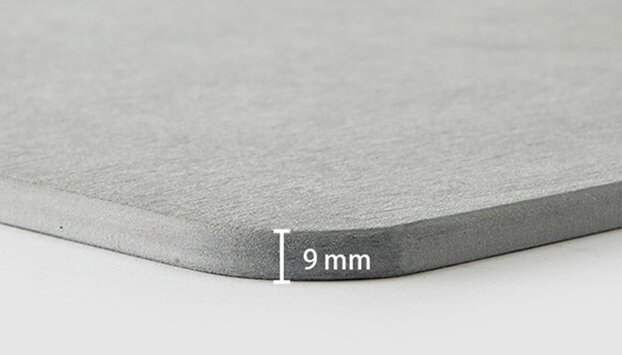
6. Why Do Stone Bath Mats Get Moldy After Some Time?
Despite diatomaceous earth’s natural anti-bacterial properties, mold growth can still occur on stone bath mats under certain conditions.
Mold typically forms when oils, skin flakes, and hair accumulate on the mat’s surface, blocking its pores. This creates an environment where mold can thrive. Proper cleaning and maintenance are key to preventing mold issues.
Regular cleaning and keeping the bathroom well-ventilated are essential for preventing mold growth. If mold does appear, gently sanding the surface with the sandpaper provided can help restore ventilation and prevent further growth.
GAIAECO’s stone bathroom mats are designed with antimicrobial properties to reduce mold risks. However, regular maintenance is important to ensure the mat remains free of impurities that could lead to mold growth.
7. Why Do Stone Bath Mats Get Damaged Easily After Delivery?
Shipping and packaging issues can sometimes result in damage to stone bath mats during transit. It’s important to understand why this may happen and how it can be avoided.
Damage to mats is often caused by poor packaging or rough handling during shipping. At GAIAECO, we take extra care with packaging and perform rigorous drop tests to ensure the mats arrive safely.
Thin or inadequate packaging can lead to mats getting damaged during transit. To prevent this, we use robust packaging and high-quality plant fibers that are tested for durability. Additionally, we conduct drop tests to ensure the mats withstand shipping conditions.
GAIAECO uses Canadian-imported plant fibers that are stronger and more durable. All mats undergo strict drop tests to ensure they are shipped safely and arrive in perfect condition.
Common Issues with Stone Bath Mats & Solutions Table
| Issue |
Cause |
Solution |
| Color Spots |
Incomplete chemical reactions during manufacturing |
These spots are a natural characteristic of diatomite mats. |
| Poor Water Absorption |
Low diatomaceous earth content, use of cement |
Choose mats with high diatomaceous earth content for better absorbency. |
| Reduced Absorption After Printing |
UV printing blocking pores |
Use thin, high-quality ink layers or use patterns with large white spaces to minimize the impact on absorption. |
| Warping |
Uneven water absorption causing expansion and contraction |
Flip the mat regularly to maintain its flatness. |
| Mold Growth |
Accumulation of oils, skin flakes, and hair |
Regular cleaning and ventilation prevent mold growth. |
| Damage During Delivery |
Poor packaging or rough handling |
Use strong packaging and conduct drop tests to ensure durability. |
| Thickness Customization |
Standard thickness may not meet specific needs |
Custom thickness options can be arranged. |
Summary:
Stone bath mats may encounter issues such as color spots, poor water absorption, warping, and mold growth. However, choosing high-quality stone bath mats can effectively address these problems. As a B2B buyer, partnering with GAIAECO ensures that you can offer your customers reliable, durable, and customizable solutions.
External Link Recommendation:
Read more about Diatomite Bath Mats
Read more about Amazon Customer Questions & Answers


